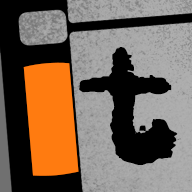I am considering buying Sony Vegas Pro 8 (I have the basic version 7). As I look at its features, I see among the tech specs the features listed below. Can anybody explain one or more of the features listed below, in some terminology that is meaningful, hopefully in a practical sense in terms of filmmaking? 

Keyframeable Bézier masks
Keyframeable transitions, filters, and track motion
3-wheel primary and secondary color correction filters
Waveform, Vectorscope, Parade, and Histogram monitors
Transition progress envelopes
Alpha channel support
Keyframeable transitions, filters, and track motion
3-wheel primary and secondary color correction filters
Waveform, Vectorscope, Parade, and Histogram monitors
Transition progress envelopes
Alpha channel support


